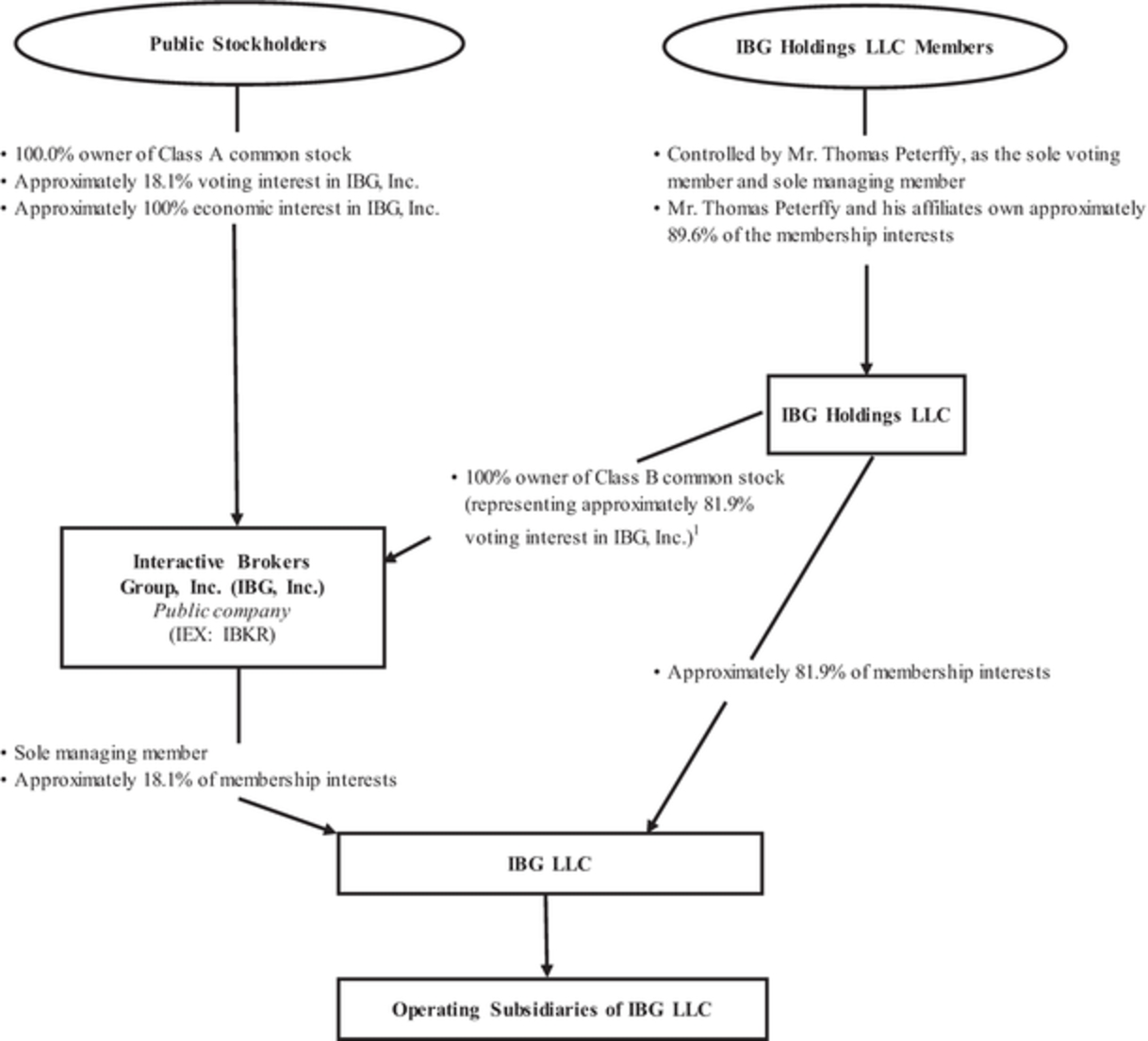Other income, for the current year, increased $61 million, or 56%, compared to the prior year, to $169 million, mainly driven by a $9 million net mark-to-market gain on our U.S. government securities portfolio in the current year compared to a $12 million net mark-to-market loss in the prior year, a $13 million increase in net gains from other investments, a $9 million increase in FDIC sweep fee income, a $7 million increase in market data fee income, a $6 million increase in order flow income, and a $3 million increase in account activity fee income, compared to the prior year.
Non-interest expenses, for the current year, increased $120 million, or 22%, compared to the prior year, to $665 million. Within non-interest expenses, execution, clearing and distribution fees increased $44 million, or 21%, driven by higher customer trading volumes in options and futures, which increased 22% and 25%, respectively, compared to the prior year. A 16% increase in the average number of employees providing services to the electronic brokerage segment led to increased employee compensation and benefits expenses of $9 million, or 7%, and increased general and administrative expenses of $65 million, both of which, in part, reflect a redeployment of staff from market making to electronic brokerage activities, which accounted for $30 million of this increase. In addition, general and administrative expenses for the current year include higher professional services fees and expenses related to legal and regulatory matters, compared to the prior year. As a percentage of total net revenues, non-interest expenses were 36% for the current year and 39% for the prior year.
Income before income taxes, for the current year, increased $317 million, or 37%, compared to the prior year, to $1,177 million. As a percentage of total net revenues for the electronic brokerage segment, income before income taxes was 64% for the current year and 61% for the prior year.
Comparing electronic brokerage operating results for the current year to the prior year: excluding the net mark-to-market gains and losses from our U.S. government securities portfolio, net revenues were $1,833 million, up 29%; income before income taxes was $1,168 million, up 34%; and pre-tax profit margin increased to 64% for the current year from 62% for the prior year.
Year Ended December 31, 2017 compared to the Year Ended December 31, 2016
Electronic brokerage total net revenues, for 2017, increased $166 million, or 13%, compared to 2016, to $1,405 million, primarily due to higher net interest income and commissions, partially offset by lower other income.
Commissions, for 2017, increased $35 million, or 6%, compared to 2016, to $648 million, driven by higher customer trading volumes in options and stocks, continued customer account growth, and higher average commission per customer order. Cleared customer options contract and stock share volumes increased 11% and 51%, respectively, while futures contract volume decreased 9%, compared to 2016. Total DARTs for cleared and execution-only customers, for 2017, increased 4% to 688 thousand, compared to 660 thousand for 2016. DARTs for cleared customers, i.e., customers for whom we execute trades, as well as, clear and carry positions, for 2017, increased 5% to 639 thousand, compared to 609 thousand for 2016. Average commission per DART for cleared customers, for 2017, increased 1% to $3.97, compared to $3.92 for 2016, reflecting larger average order sizes in stocks.
Net interest income, for 2017, increased $151 million, or 30%, compared to 2016, to $649 million driven by a $5.5 billion increase in average customer credit balances, a portion of which were invested in interest-bearing U.S. government securities, a $6.8 billion increase in average customer margin loans, and a 61 basis point increase in the average Federal Funds effective rate to 1.00%. As a result of increases in the Federal Funds effective rate since December 2016, interest expense on customer credit balances increased from 2016, in part, as certain customer credit balances that were not eligible to earn interest in 2016 became eligible to earn interest in 2017. The increase in benchmark rates also drove higher interest income earned on investment of customer segregated cash and on margin lending to customers.
Other income, for 2017, decreased $20 million, or 16%, compared to 2016, to $108 million, mainly driven by a $12 million net mark-to-market loss on our U.S. government securities portfolio in 2017, compared to a $26 million net mark-to-market gain in 2016, partially offset by higher exposure fee and market data fee income. Despite an increase in average medium term interest rates during 2017 the net mark-to-market loss on our U.S. Government securities portfolio was only $12 million, reflecting a reduction in the size and average duration of the portfolio. In general, mark-to-market gains and losses on U.S. government securities are expected to reverse when, as intended, these securities are held to maturity.

